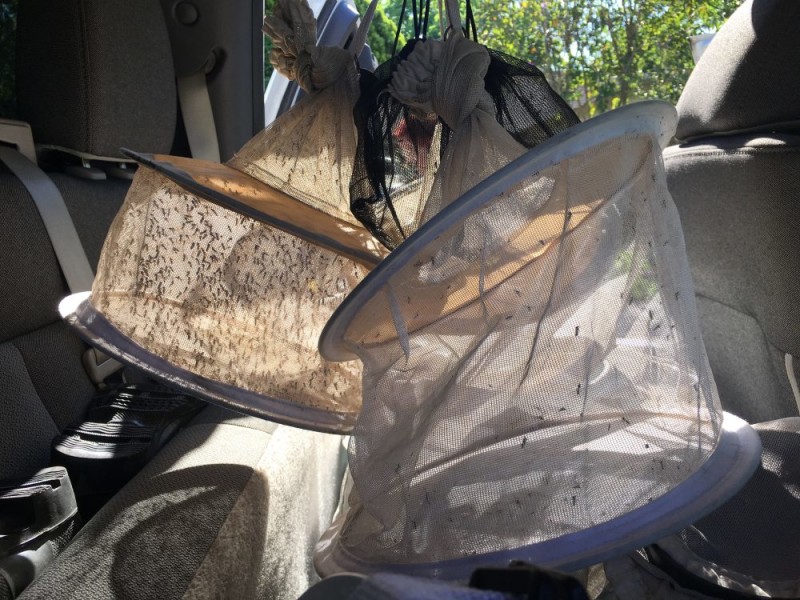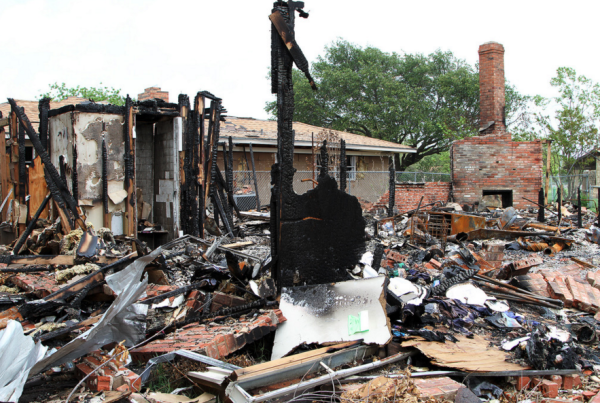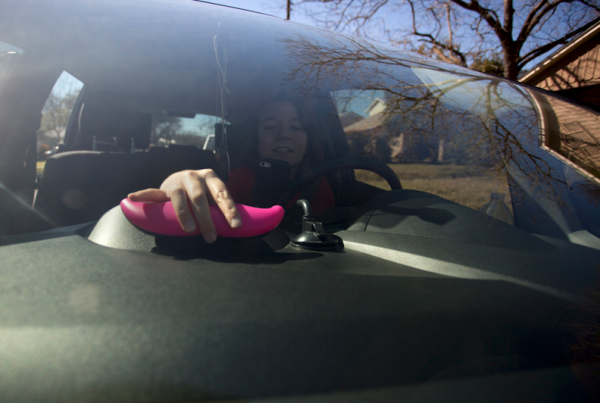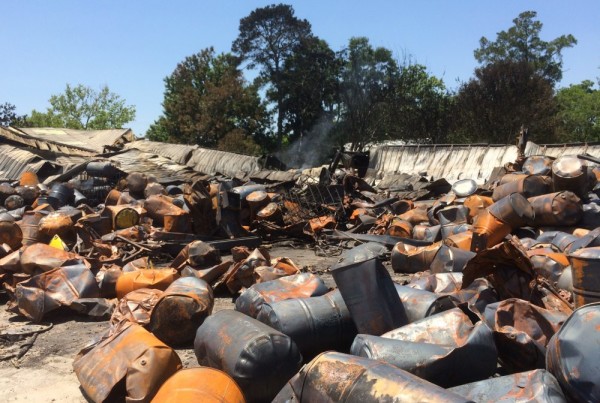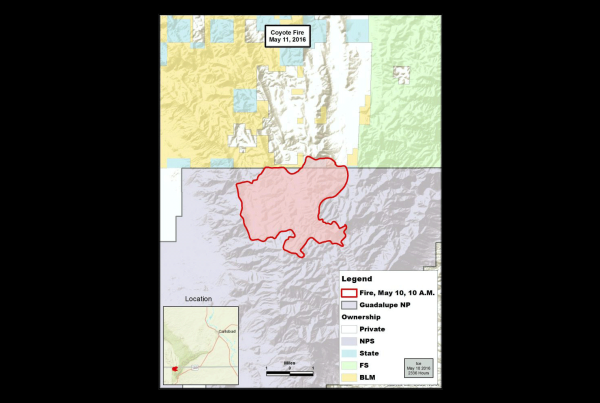From Houston Public Media:
Local health officials are preparing for the possibility that the Zika virus could soon find its way into mosquito populations along the Gulf Coast.
Harris County operates one of the largest mosquito control operations in the U.S., with a permanent staff of more than 50 scientists and technicians. In the summer, two dozen extra seasonal workers are hired to help with the work of setting traps, sorting mosquitoes by species, and conducting lab tests for West Nile, St. Louis encephalitis, dengue, and chikungunya. Zika was added to the testing panel this year.
The division has an annual budget of $4 million, and operates its own virology lab. In the insectary, an entomologist breeds a steady supply of Culex mosquitoes, used as a control group for periodic tests of pesticide resistance. Spraying is part of the overall strategy, but pesticides are applied selectively, only in neighborhoods where mosquitoes have tested positive for harmful viruses.
The surveillance cycle begins outdoors, with three types of traps. Technicians set and retrieve traps every weekday, hiding them beneath manhole covers, in medians, and in yards (with homeowners’ permission.) Harris County, the third most-populous in the country, covers 1, 777 square miles. For mosquito surveillance, the county is divided into 268 sectors. During mosquito season, from May to October, mosquitoes are collected from each sector at least every other week.
Christy Roberts, a Texas A&M-trained entomologist, makes her rounds in a white, county-issued pickup truck. At each stop, even on quiet residential streets, she sets out orange traffic cones before crossing into yards to retrieve traps. If the trap was set inside a storm sewer, she uses a pick-axe to pop open the manhole cover, then pulls up the trap.
One type of trap, a “gravid,” sits on top of a plastic tub of water. The stagnant, smelly water is irresistible to female mosquitoes. Roberts pulls the tub out from underneath some bushes along the side of a house. She peers inside the trap’s cylindrical net, spotting individuals in the blur of flickering wings.
“Lots of females, some of them are blood-fed, and we have males in there too,” she said.
“The female will fly over the water and then land on top of the water to lay their eggs,” Roberts explains. “And as they’re floating on top of the water, the fan will suck them up into the net.”
The focus of surveillance is females: they need at least one blood meal in order to reproduce.
Roberts makes a circuit around southwest Harris County, pulling traps from Westbury, Missouri City, and stops in between. The empty traps and batteries go in the truck bed, but the nets of trapped mosquitoes are hung inside, from the roof of the cab.
“We hang the nets, so that the mosquitoes will be able to continue to fly,” Roberts said. “They won’t rub their scales off, which is what we need to identify them. And it also helps keep them alive until we can freeze them.”
Traps stay out overnight, about 12 hours. In the mornings, technicians fan across the county to retrieve traps. In the afternoons, they set out fresh ones in different locations.


